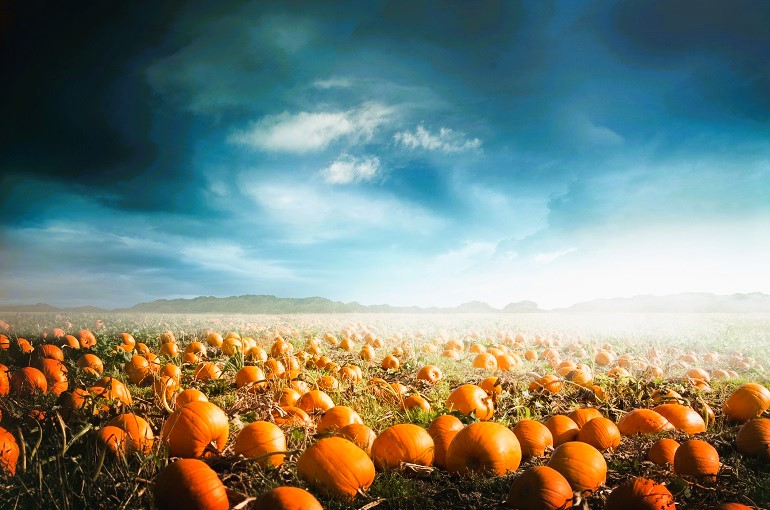Growing Pumpkins Outdoors for Profit – Complete Growing Guide from Start to Finish

This post is also available in:
This post is also available in:
![]() Español (Spanish)
Español (Spanish) ![]() हिन्दी (Hindi)
हिन्दी (Hindi) ![]() Ελληνικά (Greek)
Ελληνικά (Greek) ![]() Português (Portuguese (Brazil))
Português (Portuguese (Brazil))
Commercial Pumpkin Farming outdoors can be a good source of income if done rationally and on a scalable basis. Pumpkins are a popular vegetable. These annual, warm-season, herbaceous vines are native to North, Central and South America. Most pumpkins belong to the Cucurbita pepo and Cucurbita maxima species. The plants (especially the fruits) are sensitive to low temperatures and frost. It requires on average temperatures from 15 to 35°C (64 to 95 °F), while soil temperature should not fall below 15°C (60°F). In a few words, most commercial Pumpkin growers start the crop by sowing the seeds in an open field or indoors (to transplant the seedlings later on. To prepare a suitable seedbed to improve plant establishment and maximize germination and yield, the pumpkin growers till the land, make beds or furrows (if necessary), and place a black plastic film as mulch through the rows. In most cases, they apply animal manure well before planting the pumpkins and/or base fertilization of nitrogen, phosphorus, and potassium. The use of black plastic mulch is quite common in pumpkin fields (especially in cooler climates) and is combined with a drip irrigation system. This film helps the soil warm up and is an efficient weed control measure. To place the seeds or the seedlings, the growers open small holes in the plastic film, where they dig holes and plant them. Thinning of the plants may be needed. To maximize production and facilitate pollination, farmers may place 1 hive (honeybees) per acre or 2-3 hives per hectare. Most commercial Pumpkin varieties can be harvested 100-130 days after sowing. Harvesting can only be done by hand by using scissors or knives. After the fruits are cured, they can be stored for up to 6 months at 50-70% relative humidity and 50-55 °F (10-12 °C).
Most pumpkin farmers apply crop rotation, cultivation measures, or chemical control to reduce the risk or control pests and diseases. Generally, we should avoid growing closely related crop species (Cucurbita species) in the same soil for more than two consecutive years.
Read more
15 Interesting Facts about Pumpkins
Pumpkin Nutritional Value and Health Benefits
Growing Pumpkins in Your Backyard
Plant Information and Variety Selection of Pumpkins
Soil Requirements, Soil Preparation and Planting of Pumpkin
Growing Pumpkins Outdoors for Profit – Complete Growing Guide from Start to Finish
Pumpkin Yield, Harvest and Storage
Common Pumpkin Pests, Diseases, and Weed control









































































